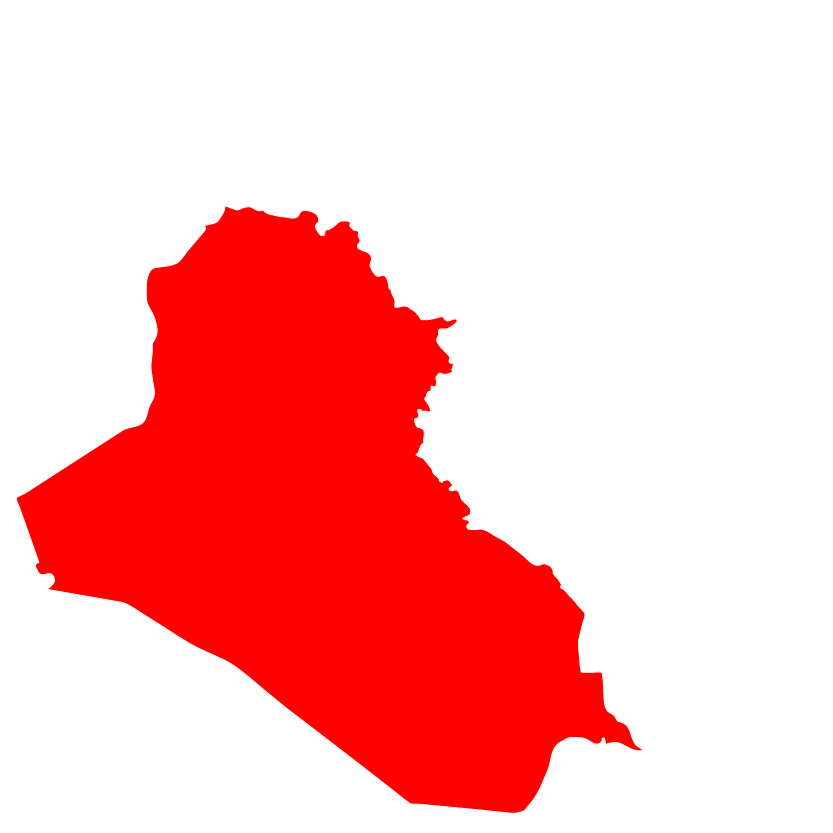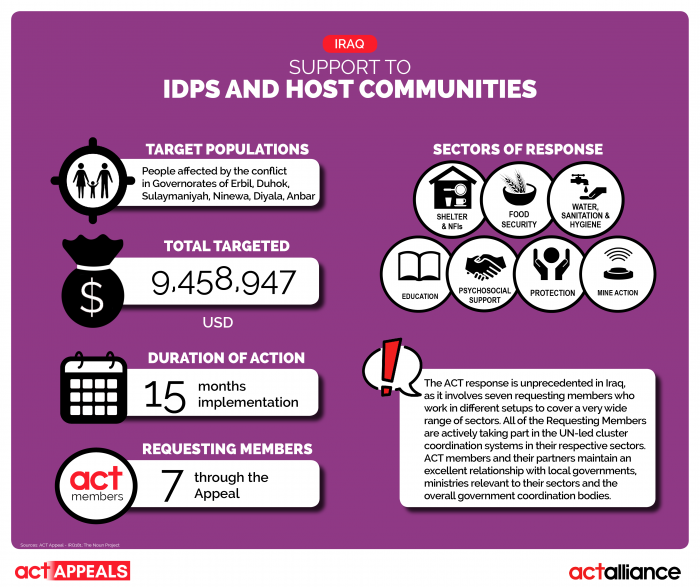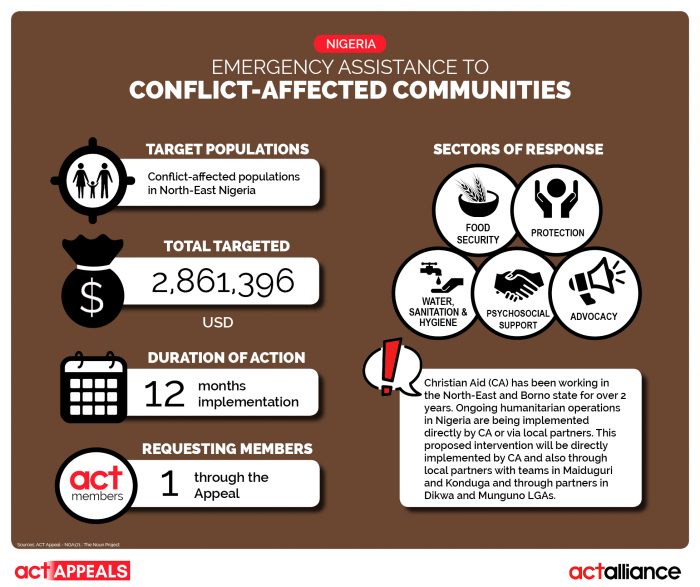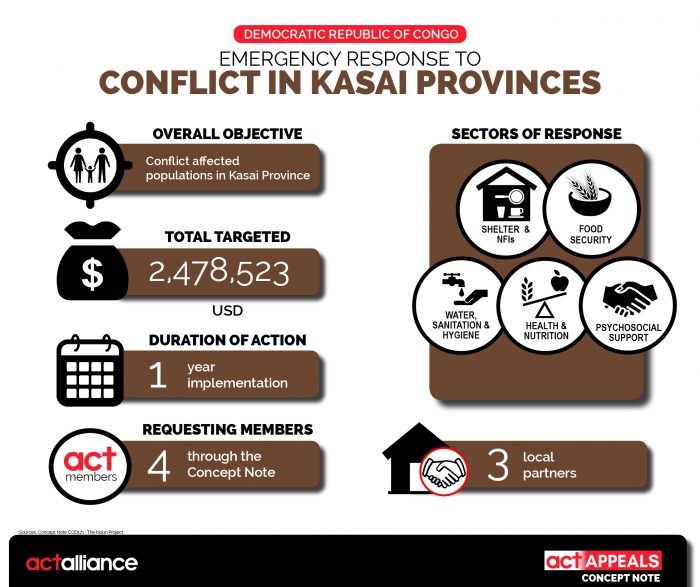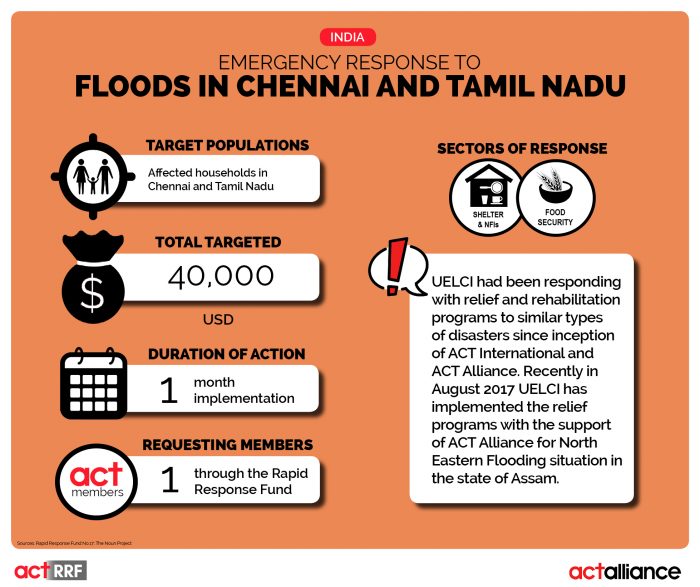It has been seven years and the conflict in Syria continues. More than half of the population has been forcibly displaced from their homes, and many people have been displaced multiple times. The number of daily displacement remains high, with approximately 6200 newly displaced persons each day (HNO 2018). According to report by the UNHCR, it is estimated that 13.5 million people are in need of humanitarian assistance. Of these, 6.3 million are internally displaced, 12.8 million require health assistance, 5.8 million people are in acute need due to multiple displacements, exposure to hostilities, and limited access to basic goods and services, and 4.3 million in need of shelter intervention (UNHCR, 2017 report). In addition, there are approximately 3 million people in need trapped in besieged and hard-to-reach areas, where they are exposed to serious protection threats (OCHA 2017). Children and youth comprise more than half of the displaced, as well as half of those in need of critical humanitarian assistance.
While no large influxes of Syrian refugees across borders have currently been witnessed, an additional 570,000 Syrian refugees across the region have been registered in 2017 increasing the number of registered refugees from 4.8 million to 5.3 million (3RP- Regional Overview 2018-2019). The critical response for the refugee situation continues to fall primarily on the neighbouring countries in the region (mainly Lebanon, Jordan and Turkey) who continue to host a large number of registered refugees per capita. The already vulnerable and fragile context of the host community population is further exacerbated as one in three people in Lebanon is a refugee. In Jordan, the ration is slightly higher (one in 12 people is a refugee) but the socio-economic pressure on the country is similar. While some international efforts for a political settlement resulted in talks between various conflicted parties and the establishment of de-escalation zones, the direct impact on Syrians’ safety, protection and lives is still not clear.
Though the overall level of violence decreased in some areas of Syria (primarily those linked to de-escalation zones in southern Syria, northern Homs), violence escalated and or remained high elsewhere such as in Eastern Ghouta, Damascus, Raqqa and Deir-Ez-Zour where fighting continues to inflict high civilian casualties. Cross- border operations in Syria have been ongoing since 2014, following the adoption of UN Security Resolution 2165. The UN conducts on average 4 cross border convoys a week. This has allowed access to UN agencies and implementing partners to provide necessary humanitarian assistance to affected persons.
SYR 181 – Humanitarian Response for People Affected by the Syria Conflict – updated

